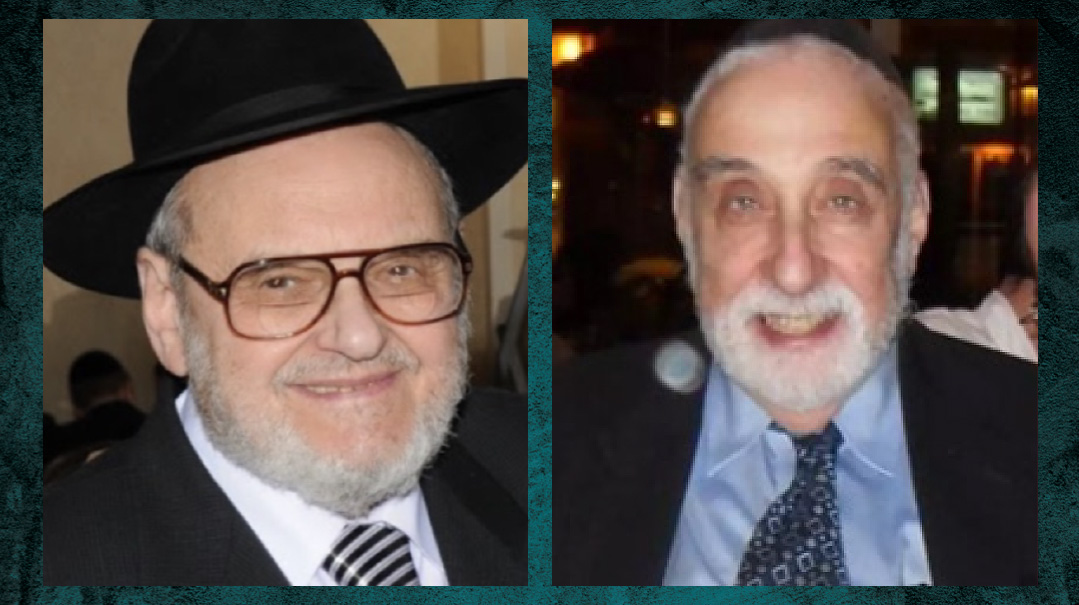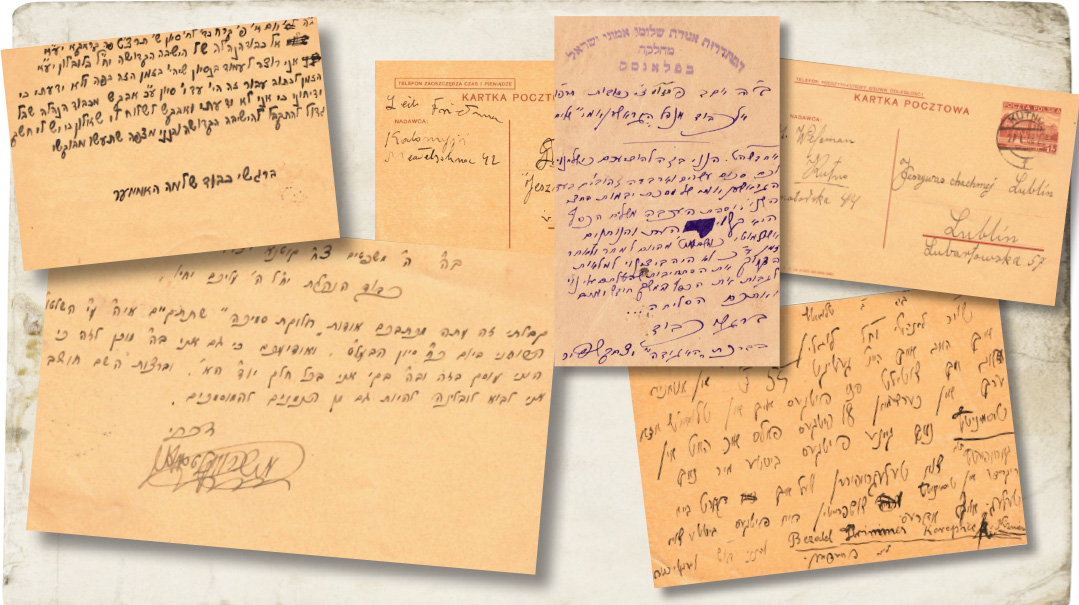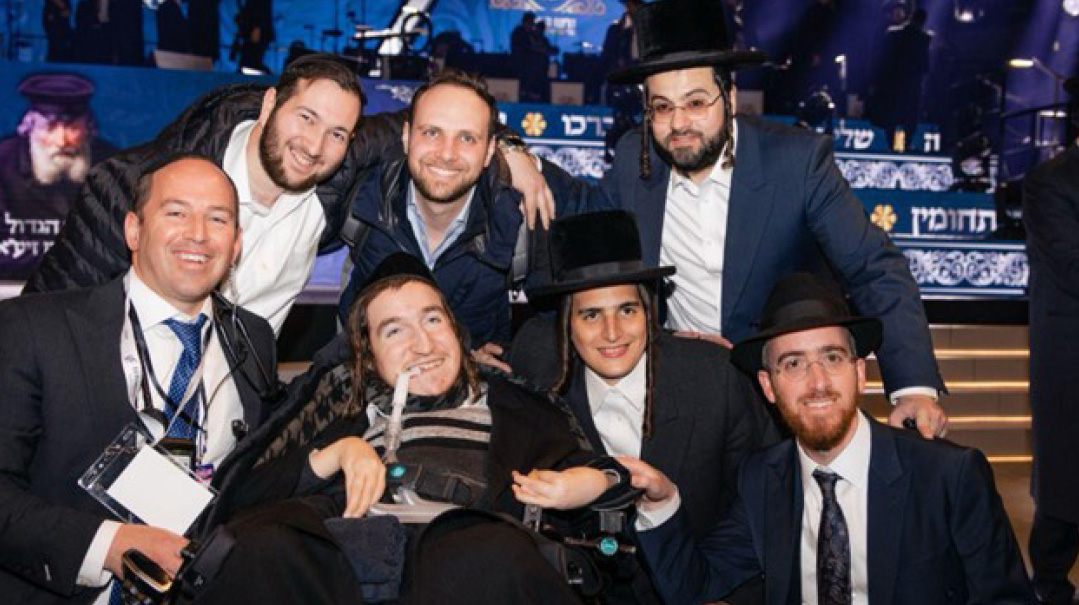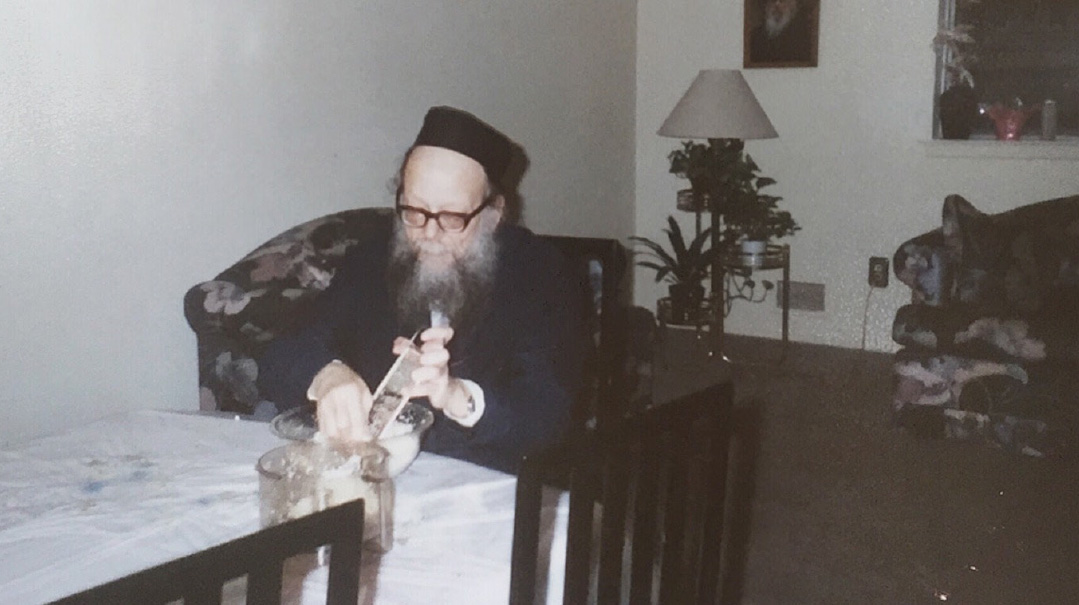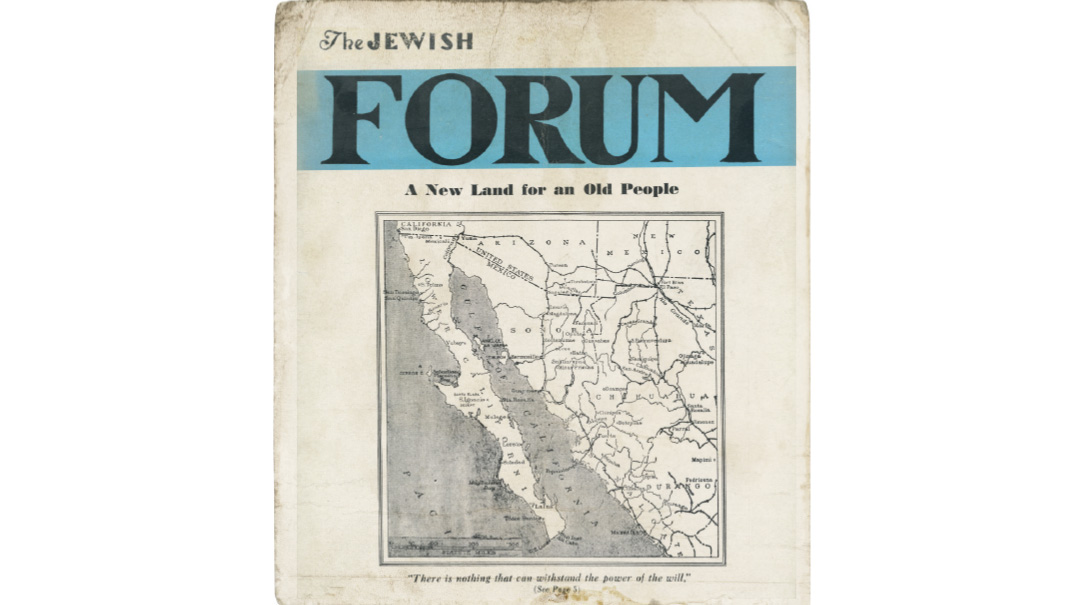The Moment: Issue 990
| December 12, 2023No words are necessary for Hashem to understand

Living Higher
AS Shacharis concluded in Beit Knesset Feigenson in Nofei Aviv in Beit Shemesh, an elderly Ethiopian woman entered, stood in the back of the beis medrash and raised her hands toward the heavens. She then walked over to the bimah, placed a 100-shekel bill into the pushke, and headed out.
Reb Ari Zivotofsky was present at the time, and when he left the shul, he spotted the woman in the hallway. She took out her phone and showed him a picture of a young Ethiopian soldier. A few other men joined and squinted at the screen as she pointed to herself.
“Kasheh, kasheh,” (hard, hard), she said in broken Hebrew, trying to communicate that this young man was her son, who was risking his life in military action, and that this is hard for her. She then scrolled down and showed pictures of another two Ethiopian soldiers, continuing to point toward herself while saying, “kasheh, kasheh.”
She then scrolled down to a picture of a fourth son. “Lo Azah, Levanon,” she said, “Not Gaza, Lebanon.” And then she said, “pelephone, pelephone,” which the men understood meant this fourth son, who was fighting in the north, was able to talk to her on the phone while the others could not. And she continued pointing to her heart, as if to say, “this is all so hard for me.”
The men had little to tell her, as she didn’t understand Hebrew. Silently, they parted ways.
But the one thing they knew for certain was that no words are necessary for Hashem to understand.
He sees the woman’s pain and knows exactly what she needs.
He sees all of our pain and knows exactly what we each need.
May we soon see the answer to all of our tefillos — spoken, or unspoken.
The Most Vital Contribution
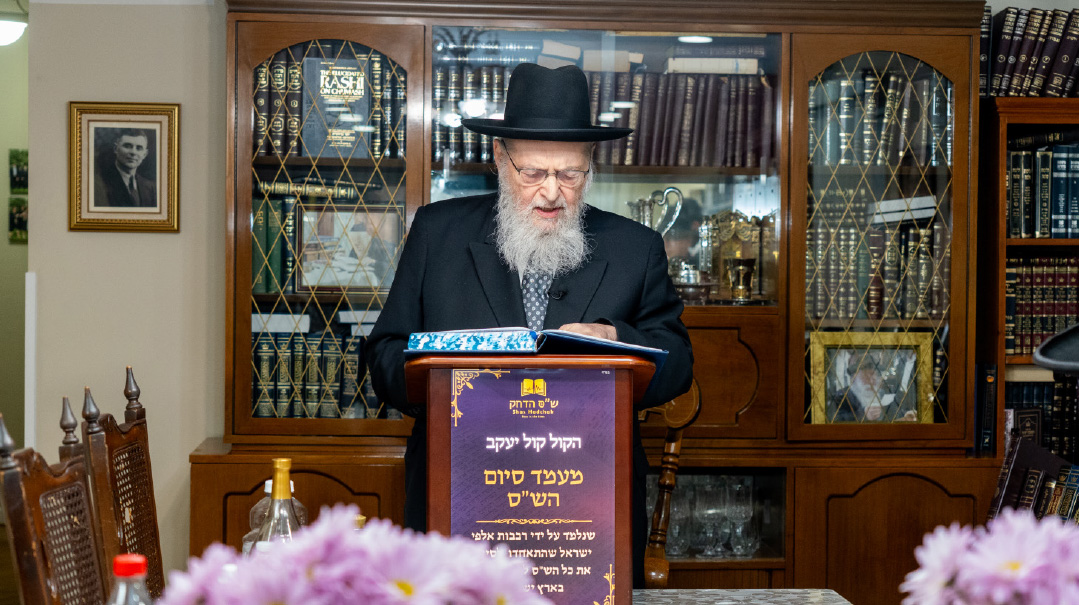
Shas Hadchak is an initiative that was launched during the Covid pandemic by Dovid Stolper, grandson of NCSY founder Rabbi Pinchas Stolper. Its objective is to unite people from around the world (through its website, shashadchak.com) to collectively complete Shas Bavli in times of challenge. Moments after the war in Gaza began, Shas Hadchak was galvanized to complete Shas in under three weeks. The siyum was held in the home of Rabbi Nosson Scherman. Rabbi Scherman rose to speak and shared the following story.
“Many years ago, I was seated next to the famed Yerushalmi maggid Rav Shabtai Yudelevitch z”l. He told me that after the Yom Kippur War, he was invited to a memorial event for the fallen soldiers. The majority of attendees were secular and the speeches were delivered by military, political, and academic figureheads. Then, Reb Shabsi rose to speak.
“ ‘You’re probably wondering what the bnei yeshivah did on behalf of the war effort,’ he began. Many heads nodded. They certainly were wondering how the bnei yeshivah possibly have contributed, with their heads in the Gemara.
“ ‘Before the war,’ Reb Shabsi continued, ‘the military sent a notice to the various chevra kaddishas, instructing them to prepare 80,000 kevarim, expecting the worst. We are now memorializing the victims of the war, which number 2,700, not 80,000.
“ ‘That is precisely what the bnei yeshivah contributed. It was their koach haTorah that directly affected the outcome of the war. Because Torah truly is our strongest weapon.’ ”
Two Brothers, One Father
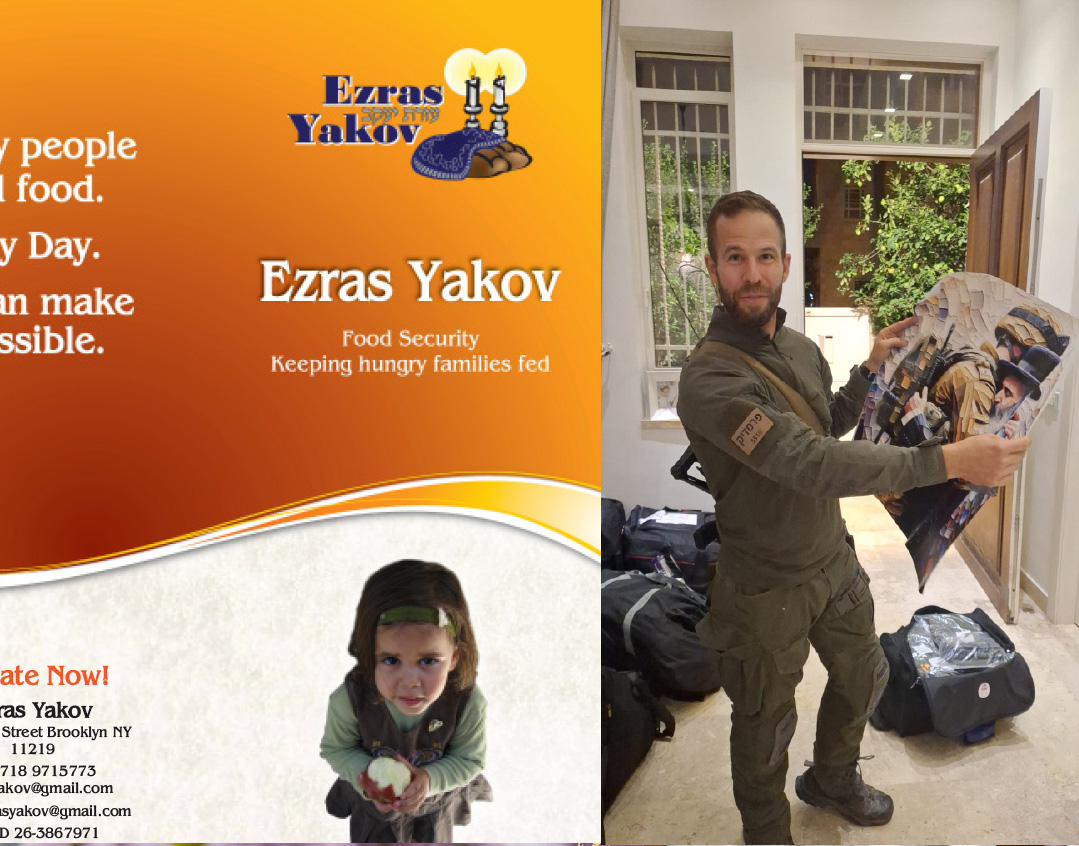
Moshe Bodner of the Five Towns, founder of the IDF Chesed Center, was in Eretz Yisrael recently, accompanying 100 duffel bags of equipment being delivered to chayalim. A few bags of tactical gear were earmarked for specific elite units and were critical to Moshe’s mission.
Around midnight on a recent Thursday, a combat medic named Yosef Traub came to the home of Yissachar Halpern, Moshe’s chesed partner and host in the Baka neighborhood of Yerushalayim, to pick up the gear. Disregarding the time, Yissachar mentioned that he was heading out to volunteer at Ezras Yaakov, an organization run by Satmar chassid Menachem Teitelbaum that prepares and delivers thousands of meals to army bases for Shabbos.
Yosef joined Yissachar, and as they were working it came to light that Ezras Yaakov would be delivering food to Yosef’s unit the very next day. In fact, Yosef himself made the delivery. But the Hashgachah pratis grew even more pronounced when Yosef got to talking with Menachem Teitelbaum. As it turns out, Yosef’s father and Menachem’s father were classmates in Cleveland, many, many years earlier.
And so, the Satmar chassid and the Israeli soldier worked hand in hand, continuing a relationship that began with their fathers, or, more accurately, with their Father.
(Originally featured in Mishpacha, Issue 990)
Oops! We could not locate your form.

